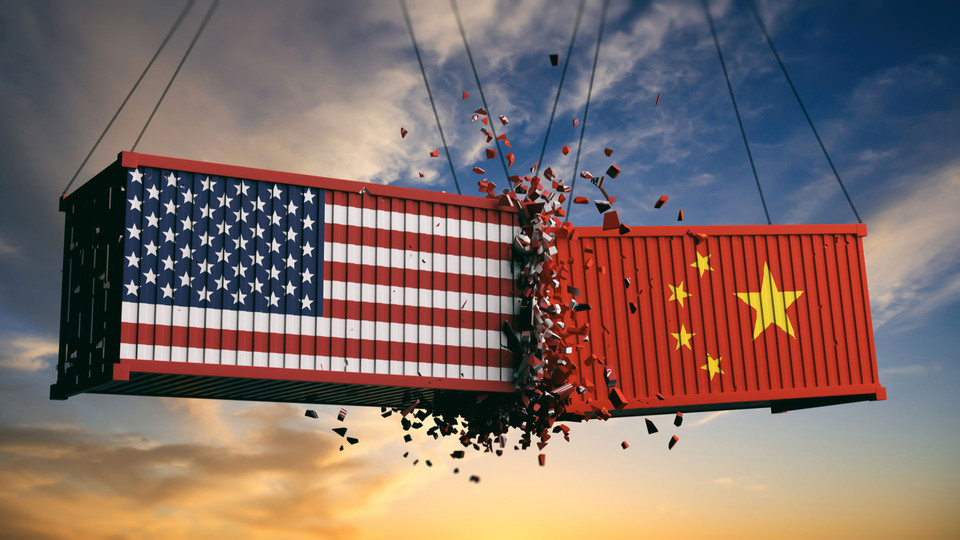Islamabad, Mar 4, 2025: China has swiftly retaliated against the latest U.S. tariffs by imposing 10%-15% duties on a wide range of American agricultural and food products, further intensifying trade tensions between the two economic powerhouses.
In a parallel move, 25 U.S. companies have been placed under export and investment restrictions, signaling a more assertive stance from Beijing. The newly imposed tariffs primarily target critical U.S. exports, including corn, soybeans.
Wheat sectors that are likely to feel the strain in the coming months. As a result, China is expected to shift its reliance toward alternative suppliers such as Brazil, potentially reducing U.S. agricultural exports to the Chinese market.
Analysts warn that the increased tariffs could exert additional pressure on American farmers, particularly as they approach the spring planting season. However, the impact on U.S. soybean exports may be somewhat contained, given that China’s peak import period for American soybeans has already passed. That said, any future price hikes could still trigger volatility in the market.
While global soybean supply chains are expected to absorb the changes with minimal disruption, China’s strategic approach suggests a calculated response rather than an outright escalation. Unlike previous waves of punitive tariffs, this latest move appears designed to strengthen Beijing’s negotiating position without severely escalating the trade conflict.
Additionally, China’s agricultural sector is also bracing for ripple effects, particularly in the seafood trade. For instance, tariffs on U.S. imports of Chinese tilapia will surge to 45%, significantly curbing exports to the American market.
Despite these ongoing trade frictions, China remains focused on economic recovery, with additional policy measures anticipated during its upcoming parliamentary sessions. As tensions persist, the global market will closely watch how both nations navigate the next phase of their trade dispute.









